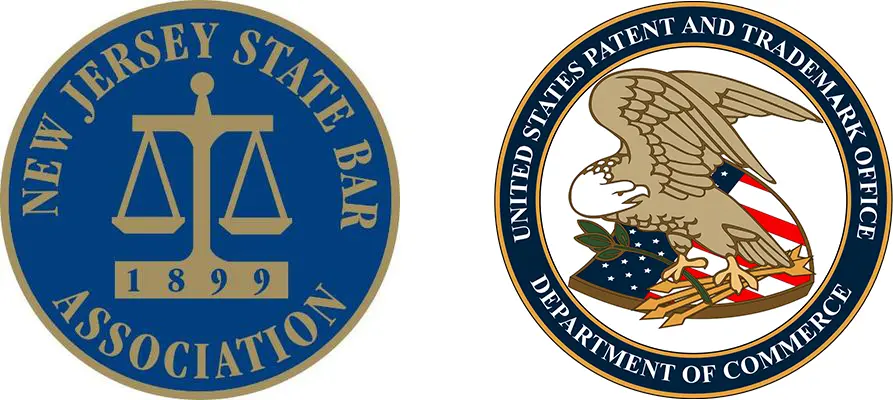Failure to Satisfy Section 112: H-W Technology, L.C. v. Overstock.com, Introduction (Part 1)
April 10th, 2015 by Thomas J GerminarioSection 112 rejections are the bane of patent practitioners. We’re more comfortable, though by no means happy, with Section 102 and 103 rejections, because those involve judgment calls and interpretations, against which we can always make our counter-arguments. But a finding of failure to satisfy Section 112 amounts to an admonition that something essential is missing from our application – indeed, the most essential element – the disclosure of the invention itself.
Section 112 deficiencies are difficult enough to deal with when the fault is our own. But, as a reminder that things could always be worse, consider the following scenario. Your claims as written do satisfy Section 112, your patent is issued, and sometime later you file an enforcement action against an infringer. After a few months, your adversary informs you that one of the claims you are asserting against his client was misprinted by the Patent Office in issuing the patent, and that the misprint deleted a material claim limitation. That means your claim is invalid and unenforceable, your adversary argues.
Basic notions of fairness and equity would lead you to believe initially that your client should not be penalized for something that was totally not its fault or yours. After all, in this case the absence of the deleted language was not obvious from reading the claims, and the trial court should surely recognize the error and correct it. But the trial court, citing valid precedent, holds that it’s precisely the non-evident nature of the error that precludes judicial correction of the claim. It’s just one of those situations in which strict adherence to the logic of the law leads to an illogical outcome. So it turns out that the less likely it would have been for you to detect the printing error upon reviewing the issued patent, the more likely you will be denied relief to correct the error.
Nevertheless, you remain undaunted in the face of this bizarre turn of events and petition the Patent Office to issue a certificate of correction, which you duly submit to the court. But the court ignores it, ruling that your restored claim can only be asserted in a cause of action arising after the certificate was issued, and hence it has no effect in your pending lawsuit. Becoming desperate at this point, you reach out for one last lifeline and ask the court to enforce the claim as erroneously issued. Completing the Catch-22 script, the court then holds that, because the issued claim omits a material limitation and the omission is not evident on the face of the patent, the uncorrected claim fails to satisfy Section 112 and cannot be asserted.
And so, due to a printing error by the Patent Office – one that was not even evident on the face of the patent – you forfeit the right to enforce your claim against an infringer. Admittedly, the foregoing set of facts represents a “perfect storm” unlikely to recur too often. Yet this case raises a number of warning flags that all of us would do well to recognize.

